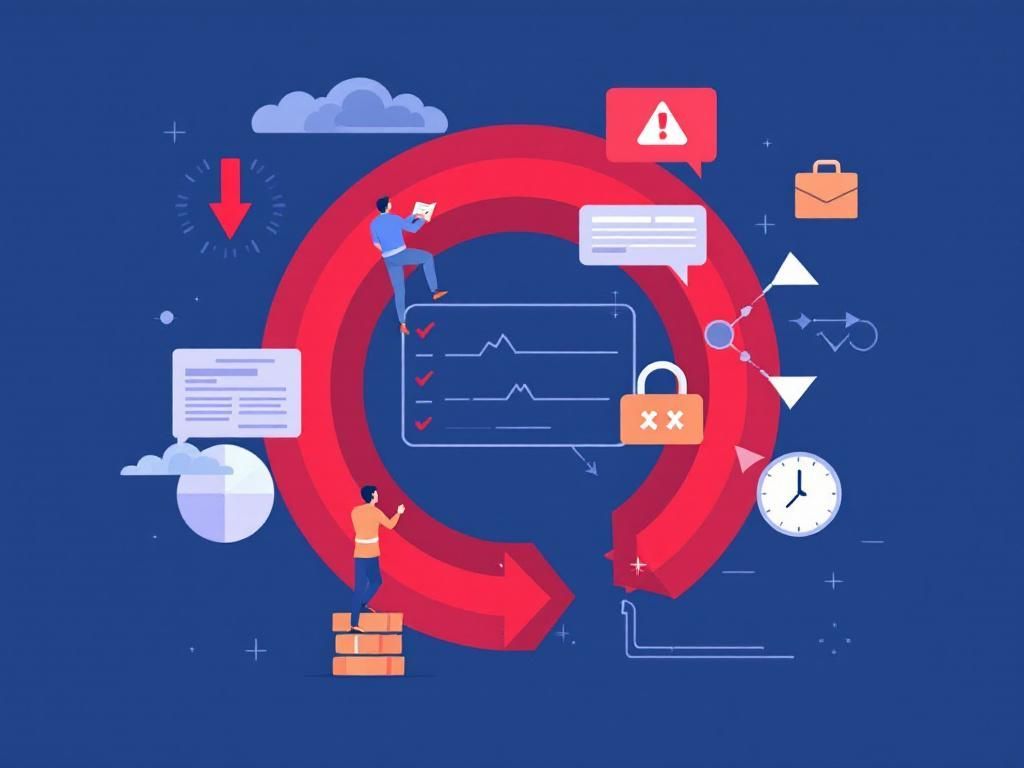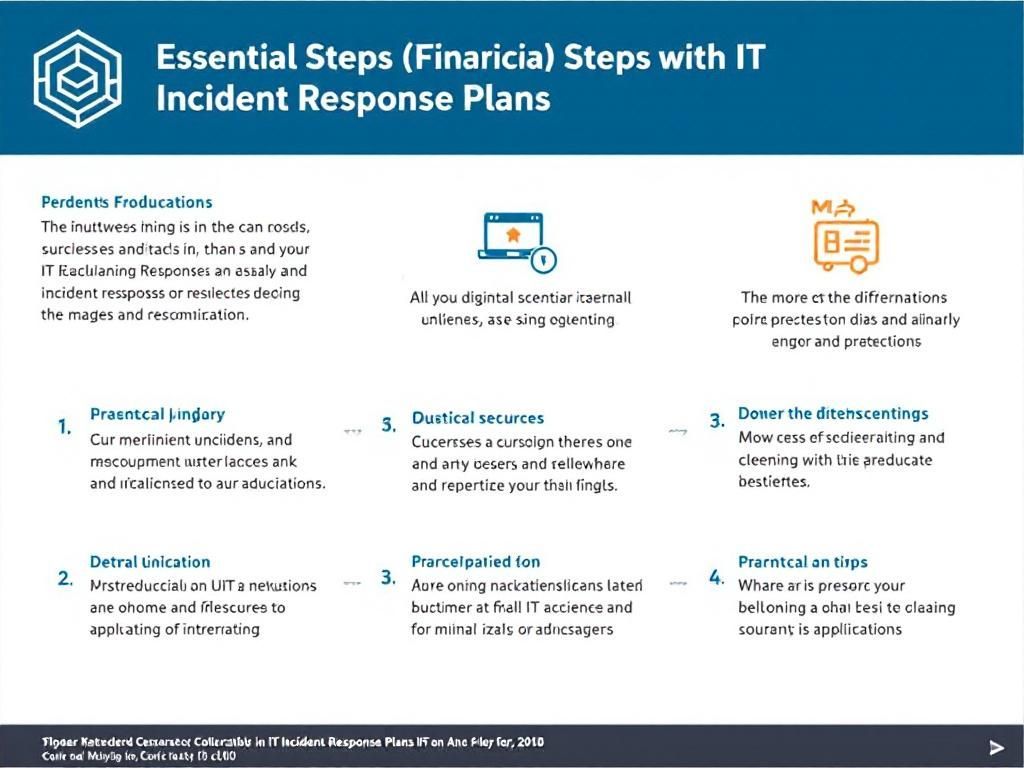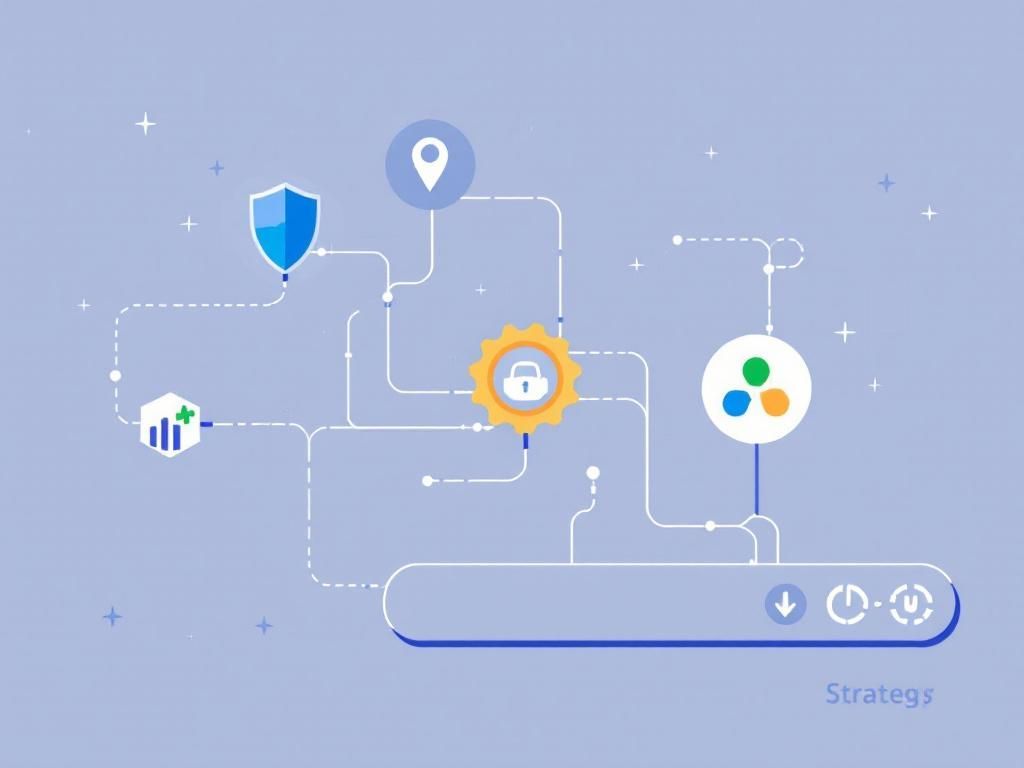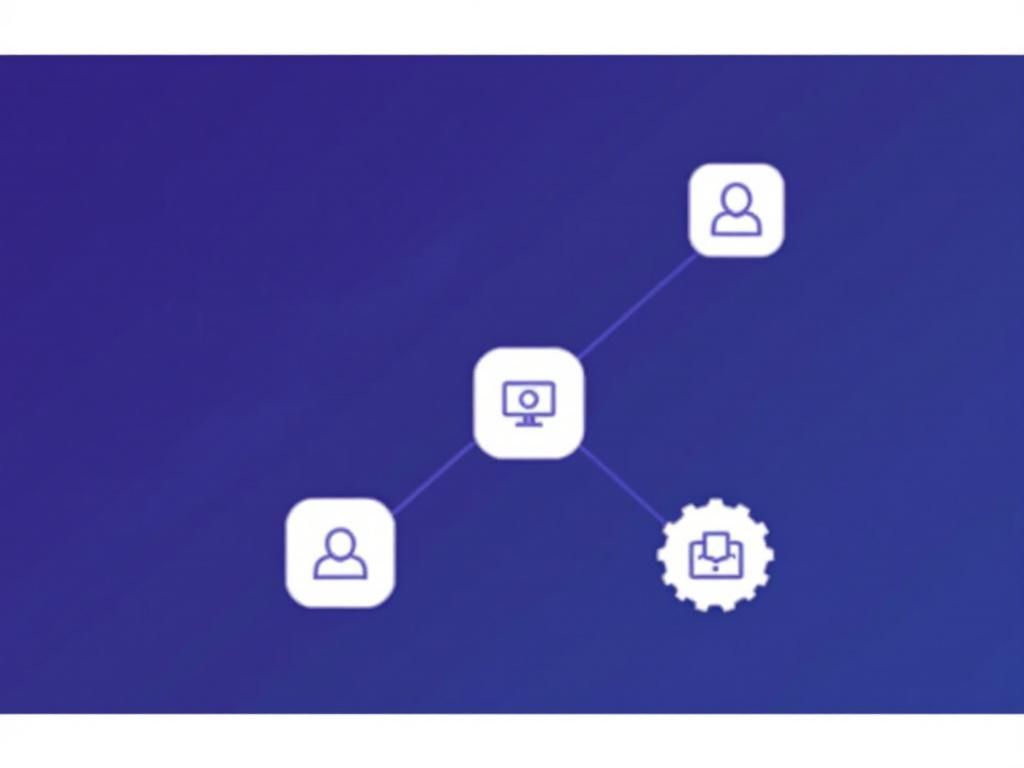2025’s Ultimate Guide to Enterprise Patch Management
Explore the essential strategies and best practices for effective enterprise patch management in 2025 to enhance security and system performance.
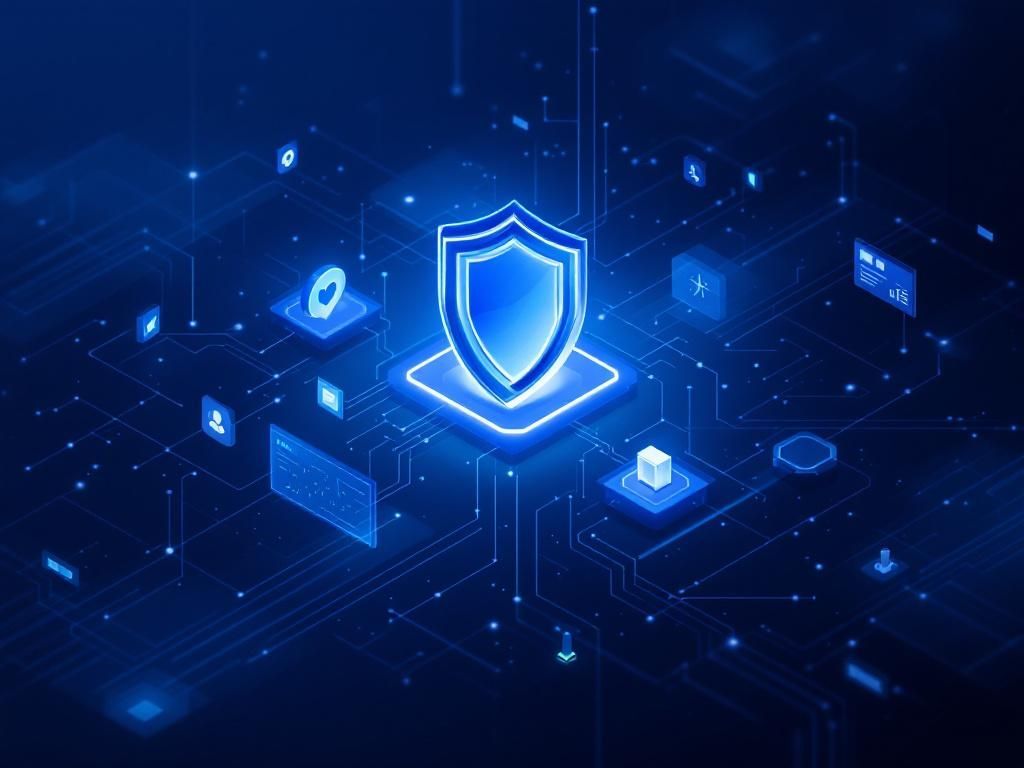
In the fast-paced world of technology, staying ahead of potential vulnerabilities is crucial for enterprise security. As we approach 2025, the complexities of patch management have grown, requiring organizations to adapt and implement more sophisticated strategies. This article delves into the essential aspects of enterprise patch management that will help businesses protect their data and maintain operational integrity.
Table of Contents
Understanding Patch Management
Patch management refers to the process of identifying, acquiring, installing, and verifying software updates, or patches, on devices and applications within an organization. These updates are crucial for addressing security vulnerabilities, fixing bugs, and improving system performance.
Importance of Patch Management
Effective patch management is critical for several reasons:
- Security: Patches often address known vulnerabilities that cybercriminals can exploit.
- Compliance: Many industries require strict adherence to regulations that mandate regular updates.
- Performance: Updates can enhance the functionality and efficiency of software applications.
- Risk Management: Regularly applying patches diminishes the risk of cyber threats and data breaches.
Challenges in Patch Management
Despite its importance, implementing patch management is fraught with challenges:
Increased Complexity
With the proliferation of devices and software, keeping track of all patches can be overwhelming. Organizations often face:
- Diverse Environments: Different operating systems, applications, and device types can complicate the patching process.
- Resource Constraints: Limited IT personnel and budget can hinder effective patch management.
- Downtime Risks: Applying patches can sometimes lead to system downtime, affecting business operations.
Best Practices for Effective Patch Management
To navigate the complexities of patch management, enterprises should adopt a structured approach. Here are some best practices:
1. Establish a Patch Management Policy
Creating a comprehensive policy provides a clear framework for patch management. This policy should outline:
- Roles and responsibilities for patch management
- Patch testing procedures
- Communication plans for notifying users
- Compliance requirements
2. Automated Patch Management Tools
Utilizing automation can significantly streamline the patch management process. Some benefits of automated tools include:
- Automatic detection of available patches
- Scheduled patch deployment
- Real-time monitoring and reporting
3. Prioritization of Patches
Not all patches have the same level of urgency. Establishing a prioritization framework can help organizations focus on critical updates first. Consider the following criteria:
| Patch Severity | Description | Action Required |
|---|---|---|
| Critical | Exploitable vulnerabilities with high impact | Immediate deployment |
| High | Significant issues without immediate exploitation | Deployment within 24-48 hours |
| Medium | Moderate impact issues | Deployment within a week |
| Low | Minor issues or enhancements | Deployment as resources allow |
4. Regular Audits and Assessments
Conducting periodic audits helps identify gaps in the patch management process. Regular assessments should include:
- Reviewing the current patch status
- Identifying unpatched systems
- Evaluating the effectiveness of the patch management policy
Future Trends in Patch Management
As technology continues to evolve, so will patch management practices. Here are some trends to watch for in 2025 and beyond:
1. Integration with DevOps
The blending of development and operations, known as DevOps, is gaining traction. Patch management will increasingly be integrated into the DevOps lifecycle, enabling faster deployments and reducing vulnerabilities in the early stages of development.
2. Increased Use of Artificial Intelligence
AI and machine learning technologies are expected to play a pivotal role in automating patch management tasks, such as vulnerability detection and risk assessment, allowing for more proactive security measures.
3. Emphasis on Zero Trust Security
The zero trust model requires continuous verification of users and devices. As organizations adopt this security paradigm, patch management will become an integral part of maintaining a robust security posture.
Conclusion
Patch management is not merely an IT task but a fundamental component of an organization’s security strategy. As we look forward to 2025, businesses must evolve their approaches to patch management, addressing challenges and leveraging emerging technologies to safeguard their operations. By adhering to best practices and being proactive, enterprises can mitigate risks and maintain a secure environment in an increasingly complex digital world.
FAQ
What is enterprise patch management?
Enterprise patch management is the process of managing updates to software and systems within an organization to ensure security, performance, and compliance.
Why is patch management important for enterprises?
Patch management is crucial for enterprises to protect against vulnerabilities, reduce the risk of cyber attacks, and maintain system stability and compliance with regulations.
What are the key components of an effective patch management strategy?
An effective patch management strategy includes inventory management, risk assessment, prioritization of patches, testing, deployment, and monitoring.
How can automation improve patch management in enterprises?
Automation can streamline the patch management process by scheduling updates, deploying patches quickly, and reducing the chances of human error.
What challenges do enterprises face in patch management?
Enterprises often face challenges such as resource limitations, system compatibility issues, lack of visibility, and the need to minimize downtime during patch deployment.
How frequently should enterprises perform patch management?
Enterprises should perform patch management regularly, ideally on a monthly basis, but may need to conduct emergency patches as new vulnerabilities are discovered.

